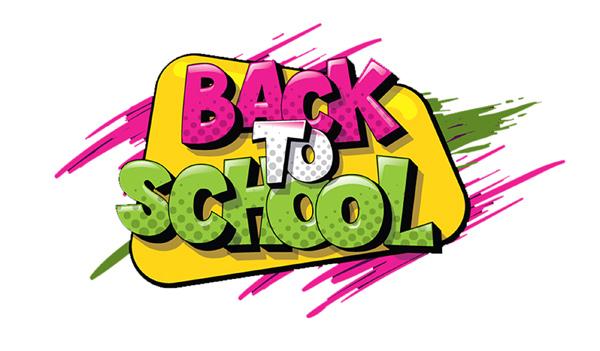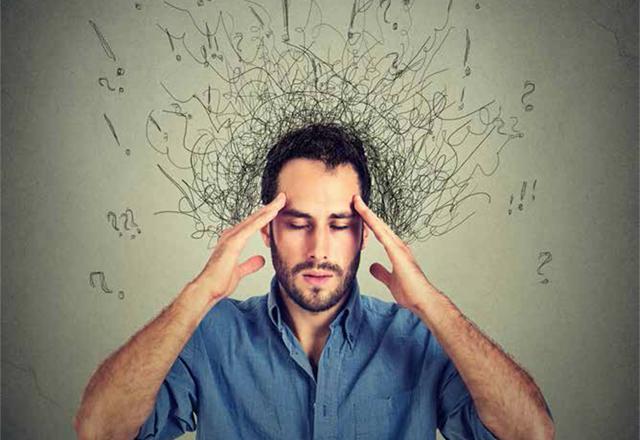You are here
Why do we forget things?
By Dina Halaseh , Family Flavours - Oct 20,2019 - Last updated at Oct 20,2019

Photo courtesy of Family Flavours magazine
By Dina Halaseh
Educational Psychologist
How can we boost our memory? Let’s start with understanding why we forget information and how our brain retrieves what has been stored.
When we think of memory, we always relate it to storing information, but that is not its only function. Memory is also in charge of optimising decision-making processes. The evolutionary purpose behind forgetting is to disregard any information that will not be useful for our survival.
This explains why we gradually forget many things; our brain is making room for more important survival memories. Thinking of memories as a knowledge bank or a library you can access when we need information is not accurate. It is more like a huge spider web with interwoven connections and neurons.
When we try to remember the same fact repeatedly, we are strengthening the neural network containing this information and hence storing it in a better manner. This explains why some information sticks, while many fades.
The forgetting curve
Many people assume that forgetting is the enemy of remembering since forgetting initially starts as soon as we are exposed to something new.
However, Hermann Ebbinghaus, the French pioneer who discovered the forgetting curve, helps us understand how much we tend to forget with time.
When information is completely new, without any prior knowledge, it is quickly forgotten: roughly 56 per cent in one hour, 66 per cent after a day, and 75 per cent after six days.
Building connections
Not all new memories are stored or created equally. Let’s take, for example, the words “apples” and “shewkl”: Both words consist of six letters but one is much easier to store than the other. We already have an existing neural network related to apples. While the second set of letters is completely new and random.
Apples are already stored in your sensory memory. You might be able to imagine them; you know their colour, their taste and you might even remember a funny story related to them. The brain uses the already existing neurons and connections to link the new information to the word and hence build a stronger connection. We are simply layering new information on top of older information. If it links well together, then we can remember it better and easily.
This is why frequent practice and spacing out helps students learn new information. Using these strategies helps fire neurons and build on previous information to strengthen the memory of that information.
Another tip is to include images and texts to try and access your sensory memory as much as possible to build different connections and link them all together to remember better.
Reprinted with permission from Family Flavours magazine
Related Articles
By Dina HalasehEducational Psychologist Many students come to me complaining about studying for a long time and not remembering what th
By Dina HalasehEducational Psychologist We talk about keeping our body healthy but what about our brain?
Many of our New Year’s goals include doing better or starting over. Whether it is smoking, food, alcohol or drugs, many people had New Year’s resolutions to quit smoking, get sober or reduce binge eating. To help make our goals achievable, we need to understand how addiction affects the brain.


















